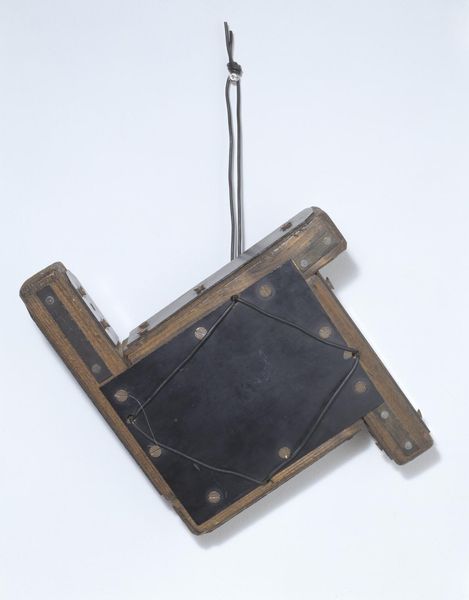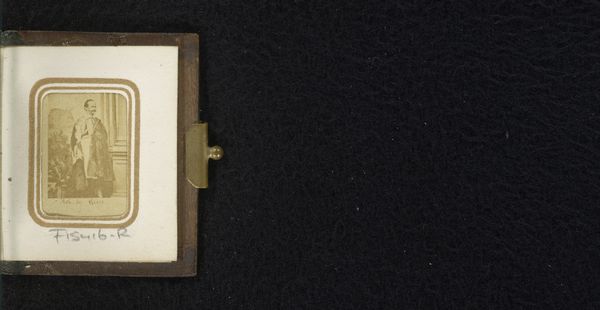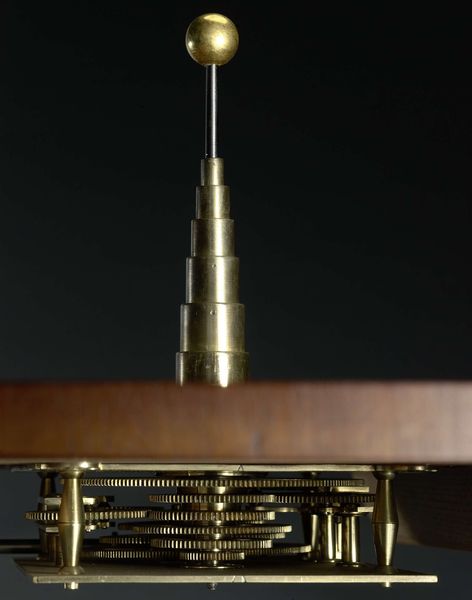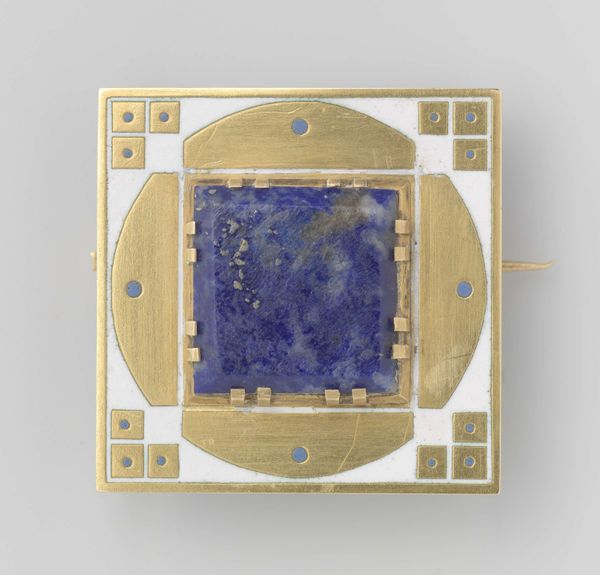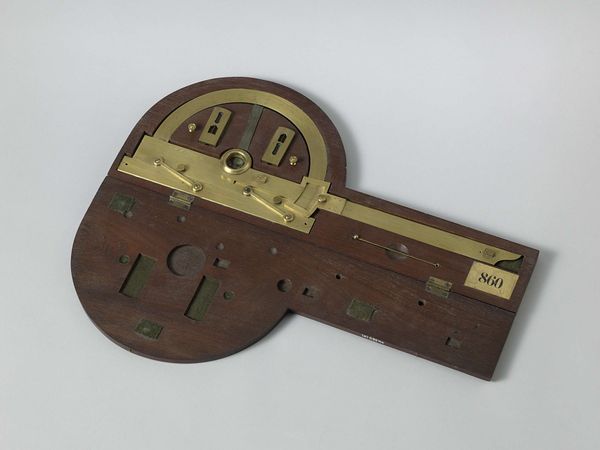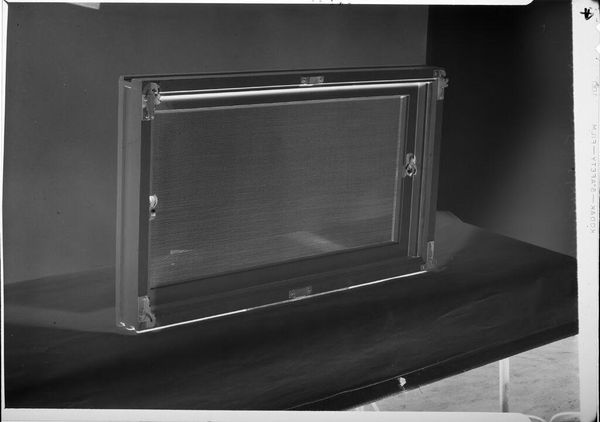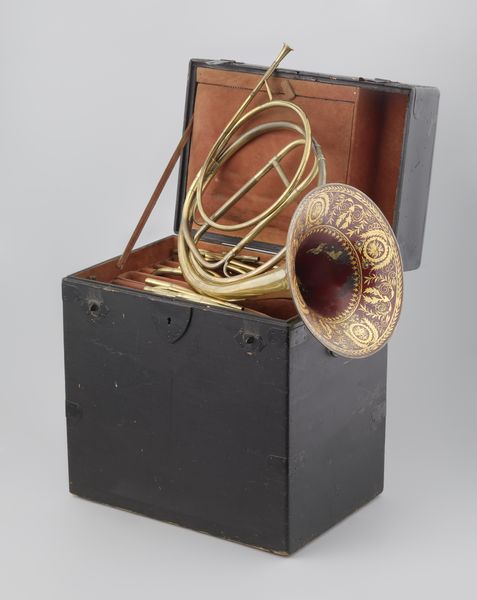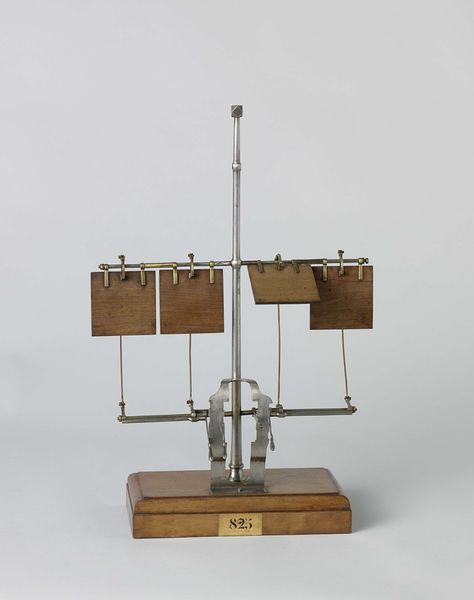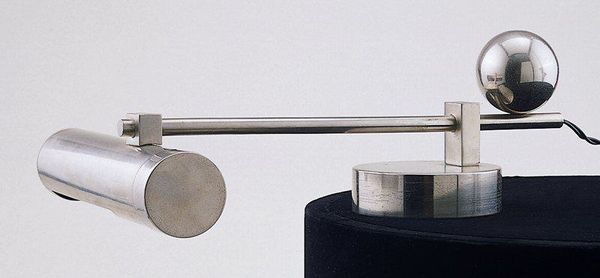
Dimensions: object: 440 x 310 x 50 mm, 0.8 kg
Copyright: © Estate of Paul Neagu | CC-BY-NC-ND 4.0 DEED, Photo: Tate
Curator: Paul Neagu created "Tactile Object 2," currently held in the Tate Collections. Editor: It looks like something you'd find in an old workshop, perhaps a sieve for separating materials. Curator: These tactile objects were meant to challenge artistic norms. Neagu questioned the institutions that determined what was considered art. Editor: The materials are interesting—wood, metal, and what looks like a mesh screen. Clearly, the hand is very present in its construction. It emphasizes the physicality of labor. Curator: Absolutely. Neagu’s work encouraged a reevaluation of art's purpose, pushing it beyond mere aesthetics to engage social and political thought. Editor: Seeing the object hanging, I’m wondering what the artist intended the viewer to touch, and if this was about the viewer's labor. Curator: That's right; Neagu wanted art to be more participatory, more connected to everyday life. Editor: Food for thought, indeed, considering what qualifies as art.
Comments
Join the conversation
Join millions of artists and users on Artera today and experience the ultimate creative platform.
tate 7 months ago
⋮
When Neagu first exhibited these small-scale sculptures he suspended them from the walls and ceiling of a darkened gallery. Visitors were encouraged to feel their way around the room, experiencing the works by touch. Neagu considered sight to be an overused sense. In his Palpable Art Manifesto of 1969 he called for ‘one public, palpable art through which all the senses, sight, touch, smell, taste will supplement and devour each other so that a man can possess an object in every sense.’ Gallery label, August 2004
